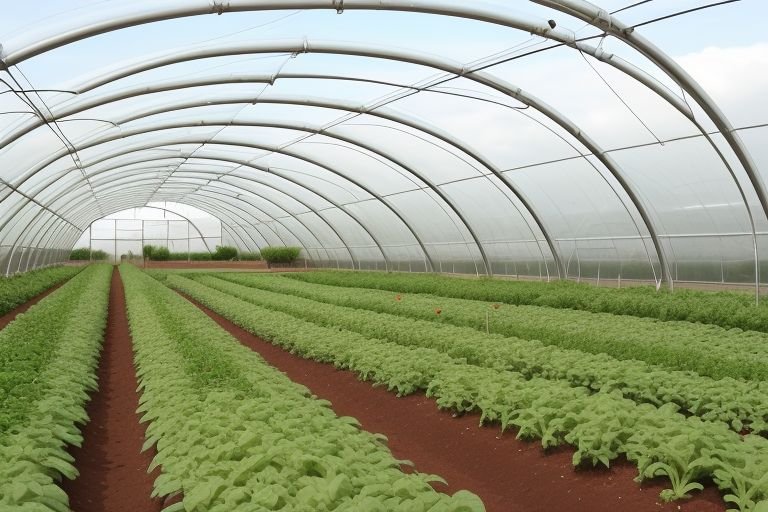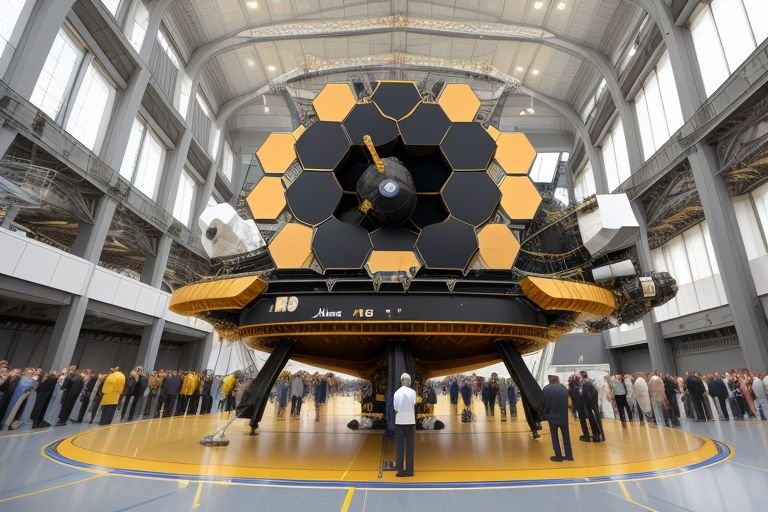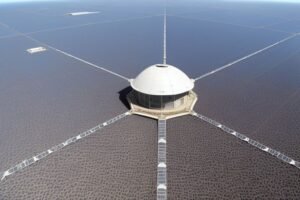As humanity edges closer to establishing a presence on Mars, one of the critical challenges is ensuring a sustainable food supply. Martian greenhouses represent a promising solution, harnessing cutting-edge technology and innovative agricultural techniques to cultivate crops on the Red Planet.
The Concept of Martian Greenhouses
Martian greenhouses are specialized facilities designed to support plant growth in the harsh Martian environment. These structures need to be resilient against Mars’ extreme temperatures, radiation levels, and thin atmosphere, while providing life-supporting conditions for a variety of plants.
Key Features of Martian Greenhouses
- Controlled Atmosphere: Greenhouses on Mars will have controlled environments with artificial atmospheric conditions, optimal for plant growth. This includes managing carbon dioxide levels, which are much higher on Mars than on Earth.
- Radiation Protection: The thin Martian atmosphere offers little protection from solar and cosmic radiation, so these greenhouses must be equipped with shielding to protect plants from harmful rays.
- Hydroponic Systems: Soil on Mars is not suitable for plant growth due to its lack of organic material and the presence of toxic perchlorates. As a result, Martian agriculture will likely rely on hydroponics, a method of growing plants without soil, using mineral nutrient solutions in an aqueous solvent.
Technological Innovations
The development of Martian greenhouses involves several technological innovations that make extraterrestrial agriculture feasible.
- LED Lighting: Specific wavelengths of LED light are used to optimize plant growth and reduce energy consumption.
- Robotics and Automation: Robots and automated systems handle tasks such as planting, monitoring, and harvesting, minimizing the need for human labor.
- Regenerative Life Support Systems: These systems recycle air and water within the greenhouse, creating a self-sustaining environment that minimizes waste.
Challenges and Solutions
Growing food on Mars is fraught with challenges, from logistical issues to the basic requirements of human nutrition.
- Resource Limitations: Transporting materials to Mars is expensive and resource-intensive. Solutions include using materials found on Mars, known as in-situ resource utilization (ISRU), to build greenhouse structures and systems.
- Psychological and Nutritional Needs: Providing a diet that meets the psychological and nutritional needs of astronauts is crucial. Research into the types of crops that can be grown effectively in Martian greenhouses focuses on variety and nutritional balance.
- Adapting to Martian Conditions: Plants will be genetically modified or selectively bred to thrive under Martian conditions, such as altered gravity, atmospheric composition, and radiation levels.
Future Prospects and Experiments
Several ongoing projects and experiments are laying the groundwork for Martian agriculture.
- Prototype Greenhouses: Prototypes on Earth simulate Martian environmental conditions to test plant growth and system sustainability.
- International Collaboration: Space agencies like NASA and private companies such as SpaceX are collaborating on research related to life support and sustainable agriculture on Mars.
- Mars Simulations: Experiments in Mars-like environments on Earth, such as the HI-SEAS habitat in Hawaii, are testing the viability of greenhouse designs and technologies.
Conclusion
Martian greenhouses are a cornerstone of the strategy to sustain human life on Mars. As we advance our understanding of Martian agriculture, the dream of self-sustaining colonies on Mars becomes increasingly realistic. These greenhouses not only represent a solution to the challenge of food production in space but also offer the potential to revolutionize agricultural practices back on Earth, promoting sustainability and efficiency.






















+ There are no comments
Add yours